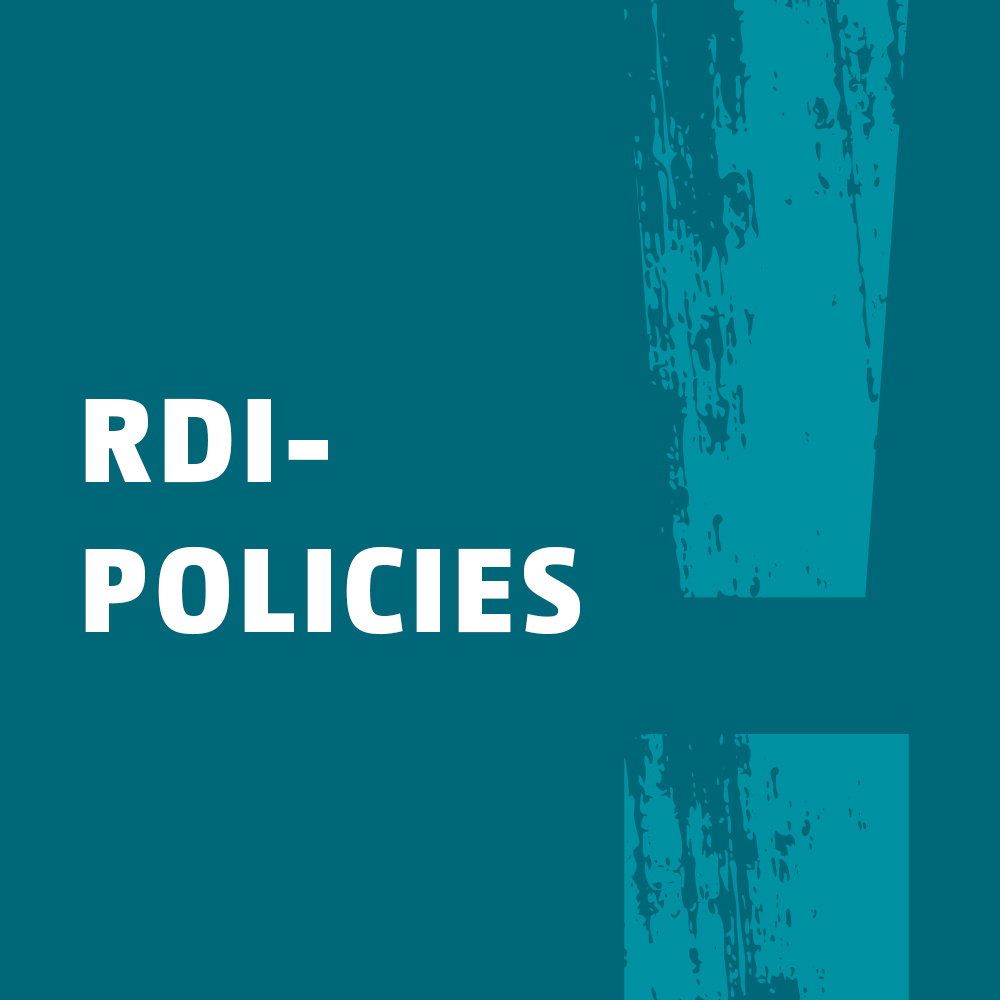The number of suspected hate crimes reported to the police increased by one fifth last year, indicates the Police University College’s annual report.
According to the report "Poliisin tietoon tullut viharikollisuus Suomessa 2022" (“Hate crime reported to the police in 2022”), the police recorded a total of 1,245 offences classified as suspected hate crime last year. This means that the number of crime reports related to hate crime is still increasing and has reached almost the same level as in 2015, when the number totaled 1,250. This was the highest ever during the history of hate crime reporting.
The study by the Police University College classified suspected hate crimes on the basis of the various motives for the act. As in previous years, most of last year’s hate crime reports were associated with suspected offences in which the motive was the victim’s ethnic or national background. The total number of these reports recorded by the police was 930, one third more than in the previous year. As before, assault was the most common type of crime in these cases.
When the suspected motive of the offense was the victim’s ethnic or national background, the offender belonged to the majority of the population and the victim to a minority group in 626 cases. In 146 cases, the victim was a member of a minority group, but the offender had not been described or the offender remained unknown. In the case of 127 crime reports, the act was targeted by one minority group against another. The number of cases targeted by a minority group against the majority of the population was 13.
Last year, a total of 140 crime reports in which the suspected motive was associated with the victim’s sexual orientation, gender identity or expression of gender, were submitted to the police. This was slightly more than in 2021. About one third of the suspected offences were cases of defamation and likewise, one third were assaults.
However, the number of hate crime reports relating to religion or conviction decreased last year. The number of these reports totaled 121, one third being defamations and in most cases, Muslims were targeted.
Of the motives of suspected hate crime cases, the number of reports relating to the victim’s disability decreased slightly in comparison with 2021. Slightly less than one half of 54 suspected offenses were defamations.
Most crime reports concerned verbal insults, threats and harassment
As in previous years, more than one half of all hate crime reports were related to defamation, illegal threats and violations of domestic privacy. The increase in the number of these cases continued, now by almost one fifth. In addition to defamation, the most common type of offense was assault.
The number of suspected offenses relating to ethnic agitation continued to decline further. The number of reports filed by the police totaled 29, while in the previous year, this figure was 41.
Looking at the victims’ relationship with the suspected offender, there were differences in the motives for hate. In offenses associated with ethnic or national background, the suspected offender was usually unknown to the injured party, with the exception of offenses against Roma, in which the victim was in most cases in a customer relationship with the suspect. In offenses involving other motives for hate, most injured parties knew the suspect. Particularly the number of hate crimes in which the suspected offender was a neighbor, remained high as in two previous years.
The number of suspected hate crimes has been monitored to its current extent by the Police University College since 2008. The statistics on hate crimes are based on crime reports retrieved from the National Police Information System.
Crime reports including suspected hate crimes in 2017–2022
| Motive |
2017 |
2018 |
2019 |
2020 |
2021 |
2022 |
| Ethnic or national background |
813 |
634 |
650 |
646 |
706 |
930 |
| Religion or belief |
235 |
155 |
133 |
108 |
133 |
121 |
| Sexual orientation, gender identity or expression of gender |
60 |
73 |
72 |
68 |
126 |
140 |
| Disability |
57 |
48 |
44 |
30 |
61 |
54 |
| Total |
1 165 |
910 |
899 |
852 |
1 026 |
1 245 |



